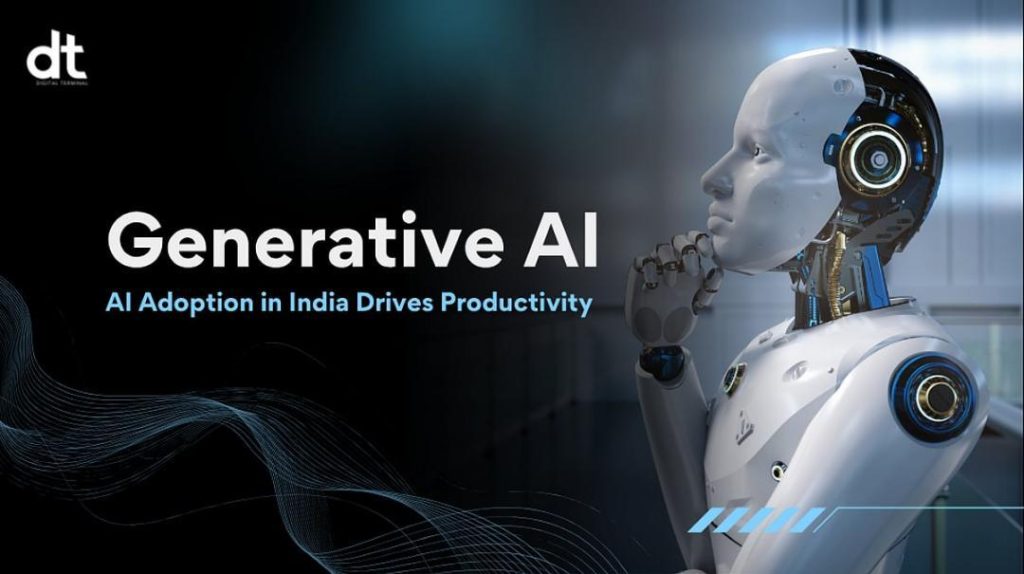
India Leads APAC in Generative AI ROI: Adobe Report
The rapid advancement of Artificial Intelligence (AI) has been transforming the way businesses operate across the globe. In the Asia-Pacific (APAC) region, India is at the forefront of embracing this technology, with Indian businesses demonstrating the highest return on investment (ROI) from generative AI adoption. This is according to Adobe’s 2025 AI and Digital Trends India snapshot, which reveals that nearly a quarter (23%) of Indian businesses have achieved measurable results from their generative AI adoption.
The report, based on a survey of 345 executives and 841 consumers in India, highlights the country’s remarkable progress in leveraging generative AI to drive business outcomes. Generative AI, a subset of AI that enables machines to generate human-like content, such as text, images, and music, has the potential to revolutionize industries and transform the way businesses operate.
Adobe’s report underscores the significant impact generative AI is having on Indian businesses. By leveraging this technology, companies are able to automate tedious tasks, improve customer experiences, and drive innovation. In fact, the report found that 62% of Indian businesses are using generative AI to improve customer experiences, while 55% are using it to automate tasks.
So, what’s driving India’s success in generative AI ROI? According to the report, several factors are contributing to this trend. Firstly, Indian businesses are more likely to be early adopters of new technologies, driven by a desire to stay ahead of the competition. Secondly, the country’s large pool of skilled IT professionals and developers is providing a talent pool that can build and implement generative AI solutions.
Thirdly, India’s government has been actively promoting the use of AI in various sectors, including healthcare, education, and finance. This has led to increased investment in AI research and development, as well as the creation of AI-powered solutions that are tailored to the country’s unique needs.
The report also highlights the key challenges faced by Indian businesses in adopting generative AI. One of the primary concerns is the lack of trust in AI-powered solutions, with 44% of respondents citing this as a major obstacle. Another challenge is the need for skilled professionals to implement and maintain AI systems, with 38% of respondents citing this as a major hurdle.
Despite these challenges, the report predicts that generative AI will continue to play a significant role in driving business outcomes in India. In fact, the report forecasts that by 2025, 80% of Indian businesses will be using AI-powered solutions to drive innovation and improve customer experiences.
So, what can other businesses in the APAC region learn from India’s success in generative AI ROI? Firstly, it’s essential to prioritize AI literacy and education, ensuring that employees have the skills and knowledge needed to implement and maintain AI systems. Secondly, businesses should focus on building trust in AI-powered solutions, by providing transparency and explainability in AI decision-making.
Finally, businesses should prioritize collaboration and innovation, working with partners and start-ups to develop AI-powered solutions that are tailored to their unique needs.
In conclusion, Adobe’s 2025 AI and Digital Trends India snapshot provides a fascinating glimpse into the country’s remarkable progress in generative AI adoption. With nearly a quarter of Indian businesses demonstrating measurable results from generative AI adoption, the country is well on its way to becoming a leader in AI innovation.
As the report highlights, India’s success in generative AI ROI is driven by a combination of factors, including early adoption, skilled talent, and government support. While challenges remain, the report predicts that generative AI will continue to play a significant role in driving business outcomes in India.
For businesses in the APAC region, the report offers valuable insights and recommendations for leveraging generative AI to drive innovation and improve customer experiences.
Source:






